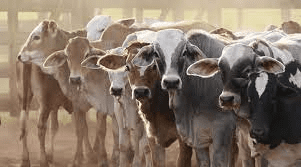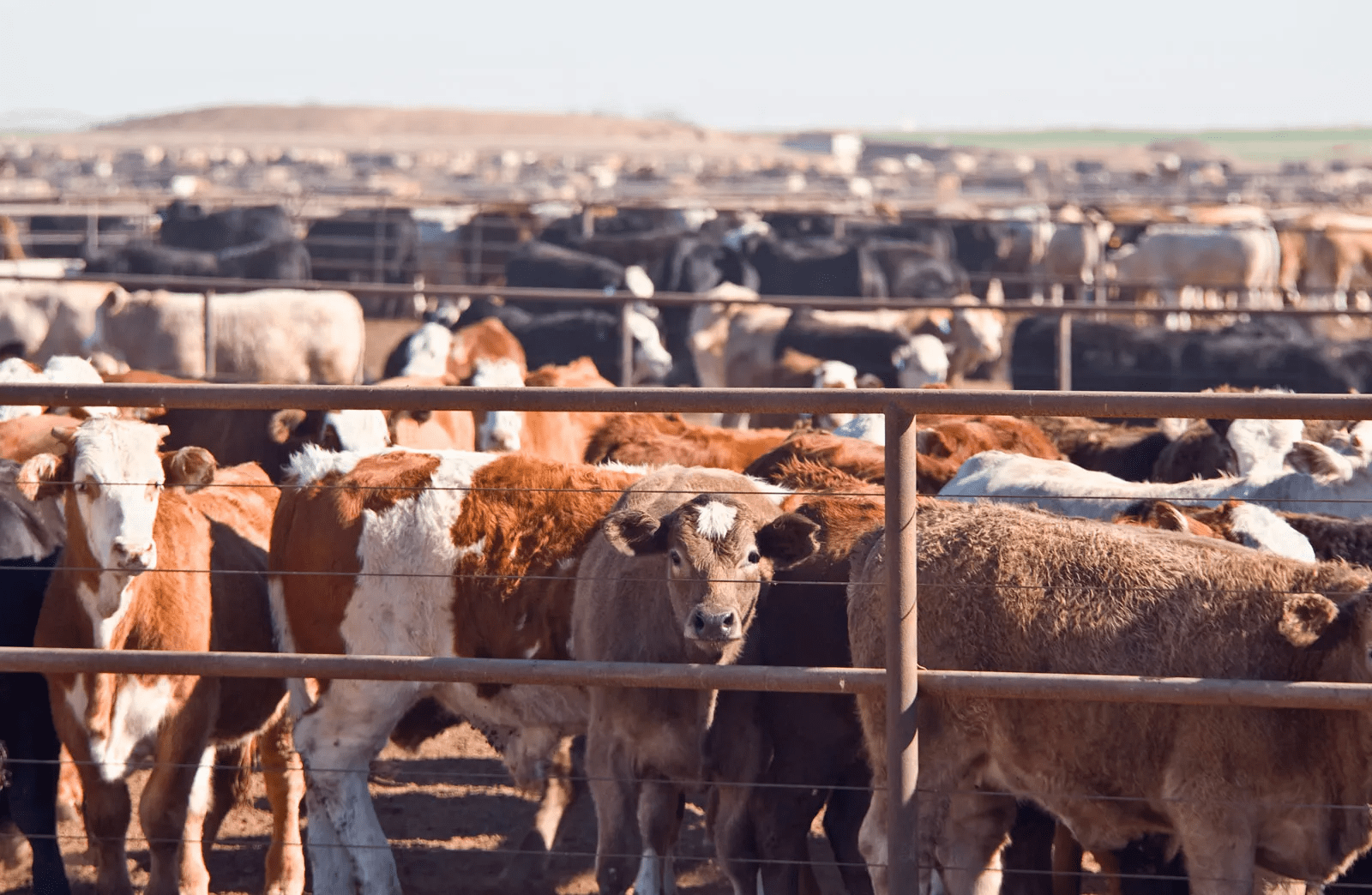Understanding the different livestock (ruminants) management systems is the first step to develop a good strategy. Management systems have a direct impact on production and diseases, this highlights their relevance.
There are three (3) main livestock management systems;
- Mixed production.
- Intensive farming systems landless.
- Extensive production system.
1. Mixed livestock production
It includes both agriculture and livestock and it can be either intensive or extensive. Generally these systems exploit both irrigated or non-irrigated land and they are common in some parts of America, Europe and Asia.
2. Intensive Ruminant farming
It applies mainly to livestock. Intensive breeding farms look more like factories to breed pigs, chickens, laying hens, cattle and even fish. These farms landless are common in north America, Europe and Asia and in heavy populated areas in general, where, for instance, the demand for meat and proteins is very high.
Intensive animal farming or industrial livestock production, also known by its opponents as factory farming, is a type of intensive agriculture, specifically an approach to animal husbandry designed to maximize production, while minimizing costs.
3. Extensive Ruminant farming
It is a livestock management system used on large non-cultivated land where animals can graze freely. Extensive farming is mainly chosen for cattle, to produce meat and milk, sheep and goats.
It is more common in Central and South America (Mexico, Argentina, Brazil and Peru), and in some Southern Africa countries (South Africa, Namibia and Botswana), Australia, but even in Europe.
People say that sheep and goat that are not allowed to roam about on a free range don’t perform well. Is it true? Well I don’t want to agree with that.
Rather, I will like to put it that sheep and goat in an intensive way will need better management in terms of feeding and disease prevention than those that are allowed to roam.
In fact, allowing these animals to roam could be very risky as they are exposed to the danger of theft, accident, maiming etc. so, housing them under good management is the best because often times some ruminant farmers will come up with complains like; I love keeping sheep and goat, but my area is prone to theft, what can I do?.
From this question, am sure that you will understand that the farmer in question is referring to the extensive system of raising the intending sheep and goats.
This exposes them more to the danger of theft. Therefore, I will strongly suggest that you construct housing for them where they will have some expanse of land to roam during the day and a conducive pen for them to sleep at night. This will reduce theft cases. You should also improve on your security measures.
However, if your area is such that you cannot construct any housing where you can house them, it is better you do not venture into raising them so that you do not labor for others to reap.
Read Also: Signs of Ruminant Animals on Heat
There’s always a tendency, especially in extensive livestock production areas, for farmers to chop and change between breeds and even species depending on market conditions.
Sometimes this strategy works, sometimes it doesn’t. Looking back at the record, the best option seems to be to stick to the norm for the district and the type of animal that over decades has proven to be profitable.
Specifically, these are animals well adapted and suited to the farm and production system. This may be a combination of cattle, sheep and goats, depending on the veld type, rainfall, crops, pastures and infrastructure. Long-term trials in the Karoo have shown little difference in profit between wool sheep, mutton sheep and Angora goats.
It makes no sense to switch from the one to the other simply because it might be the vogue. Correctly reading market cycles in farming is as difficult as climbing in and out of the stock exchange without getting hurt. The pendulum always swings, but at an unpredictable tempo.
During the 1970s, disenchanted wool farmers switched to mutton breeds, particularly the Dorper sheep. One of the negative spin-offs of this move was crossbred wool that contaminated the national wool clip.
Today, purebred Merino wool is a scarce item and gaining in value as the rand devalues, while farmers say mutton is overpriced on retail shelves.
Lately, increasing mohair prices have again sparked interest in Angora goats in favour of mutton. Forgotten are the many times that mohair prices fell so much that Angora farmers bought in Boer goats or even crossed pure Angora ewes with meat goat rams.
Read Also: Worm Infestation on Ruminant Animals – Signs, Symptoms and Treatment
Changing Breeds

The Dorper and Boer goat were specifically bred for South Africa’s harsh veld conditions, while the Merino and Angora were introduced from Spain and Turkey 150 years ago.
But even though neither can be described as indigenous, they have undergone huge changes due to selection forced by economics. Neither remotely resemble the original imported animals.
Today’s flocks carry much lighter fleeces and produce and reproduce better under adverse conditions than the truly indigenous, slow-growing types of yesteryear. The same chopping and changing occurs among cattlemen.
Free to choose from a wide selection of breeds, they sometimes cannot decide between, say, the Bonsmara and the Nguni, both truly South African breeds. All this forms part of the debate around the intensification of livestock production, particularly in smallstock and game.
Profit Pressure
Under pressure to increase production, and sometimes to protect lamb crops from predation by black-backed jackal, caracal and baboons, extensive stock farmers try to squeeze more money out of their flocks by feeding them.
Animals are kept in smaller camps for various periods and given extra feed and attention. This is obviously only profitable when the extra feed and labour required is cheap enough and there is a good market for the product.
Sudden increases in the these input prices could put the enterprise at risk and force the farmer to go back to less intensive systems. If the animals could still cope with natural conditions, that is. The danger lies in producing or breeding livestock that are no longer adapted to extensive veld conditions.
This can happen quite quickly, while it can take a farmer several years to reverse the trend and breed animals that do not require supplementary feeding during dry periods, are resistant to parasites and are productive enough to keep the business alive.
These arguments have played a huge role in changing the stud breeding industry, which has in some cases bowed to the demand from commercial stock farmers (the clients) for sires that are raised under natural veld conditions rather than pampered in stalls.
The ideal is rams or bulls bred and reared under the same conditions that their calves or lambs are expected to thrive on.
Read Also: How to Raise Ruminant Animals for Fattening and Reproduction together
Fenced in
Unfortunately, going back to nature is not always straightforward. A classic example of the problem is the Angora, which is very sensitive to cold wet weather up to a month after shearing, especially if in poor body condition due to poor nutrition from drought.
Some flocks are hardier than others and therefore at less risk, but at the current mohair price it is foolhardy for an Angora goat farmer not to take special care of shorn goats by giving them extra feed when necessary and keeping them in camps with plenty of natural shelter and near a rainproof shed in case of a sudden change in the weather.
Similarly, investors in high value game from lions to rhinos would be daft not to fence them in securely and take good care of them, even if this means rearing them outside their natural habitat and compromising the ability of their offspring to fend for themselves.
The Future
So in which direction is the extensive livestock industry heading? Perhaps climate change with hotter, drier summers, together with the never-ending input price squeeze, point towards larger farms with adapted, easy-care animals producing and breeding well on the veld rather than more intensive systems that rely on feed from a bag.
The future will depend on what the consumer is prepared to pay for food and fibre, and perhaps, to a lesser extent, on what discerning shoppers will accept as being sufficiently ‘natural’ or ‘farm fresh’ for them. Whichever way, a farmer can only produce a product for as long as it pays.
The choice is going to be between producing expensive niche products for the rich, and standard, relatively cheap products for mass market consumers who might not worry too much about the traceability of agricultural products.
Read Also: The Concept of Animal Energy Balance in the Physical Environment






